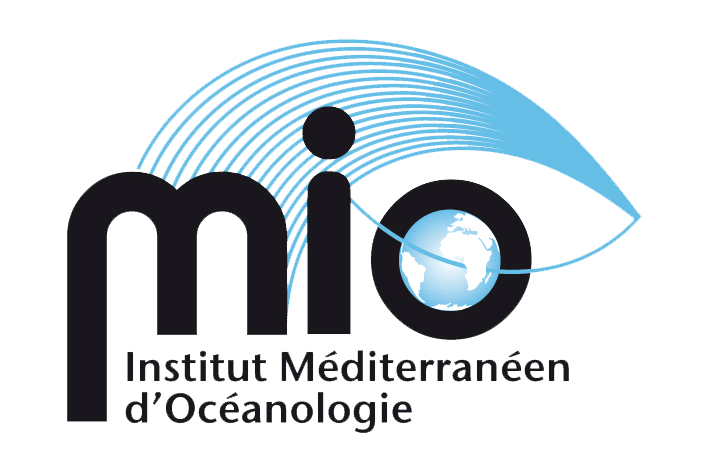SSLA@MM - Sea Waters Sensing Laboratory @MIO Marseille

Scientific Committee
- Melilotus Thyssen
- Lars-Eric Heimburger
- Gerald Gregori
- Dominique Lefèvre
Engineering and technical manager : Olivier Grosso
Le SSL@MM is 4 years old!
In September 2023, the SSL@MM (Sea Water Sensing Laboratory @ MIO Marseille, MIO's technical platform), run by Olivier Grosso and Melilotus Thyssen, and recently by Clémentine Gallot (CNRS IR CDD), has celebrated its 4th year of operation and is now part of MIO's shared technical resources. The continuous and gentle pumping of seawater from the Calanque aux Cuivres to taps under laboratory conditions is a success, validated by its almost continuous operation. Similarly, the method of cleaning the seawater inlet pipes is a well-managed routine. The high-frequency, long-term strategy enables the diurnal and seasonal cycles of a coastal marine ecosystem to be studied, and aims to capture the effects of impulse events such as gales, storms and rainfall on phytoplankton communities, certain chemical and hydrological elements, and their transformation products.




